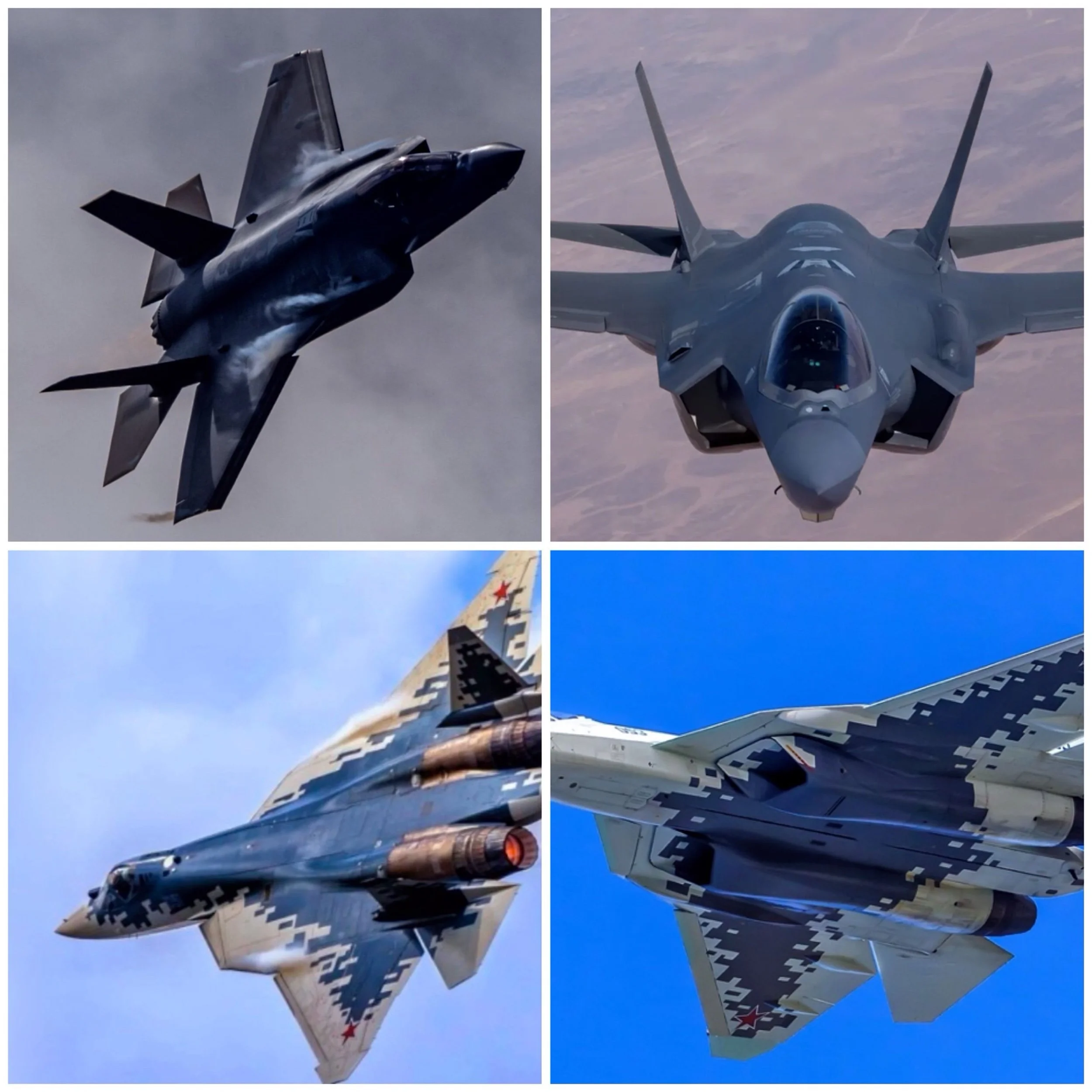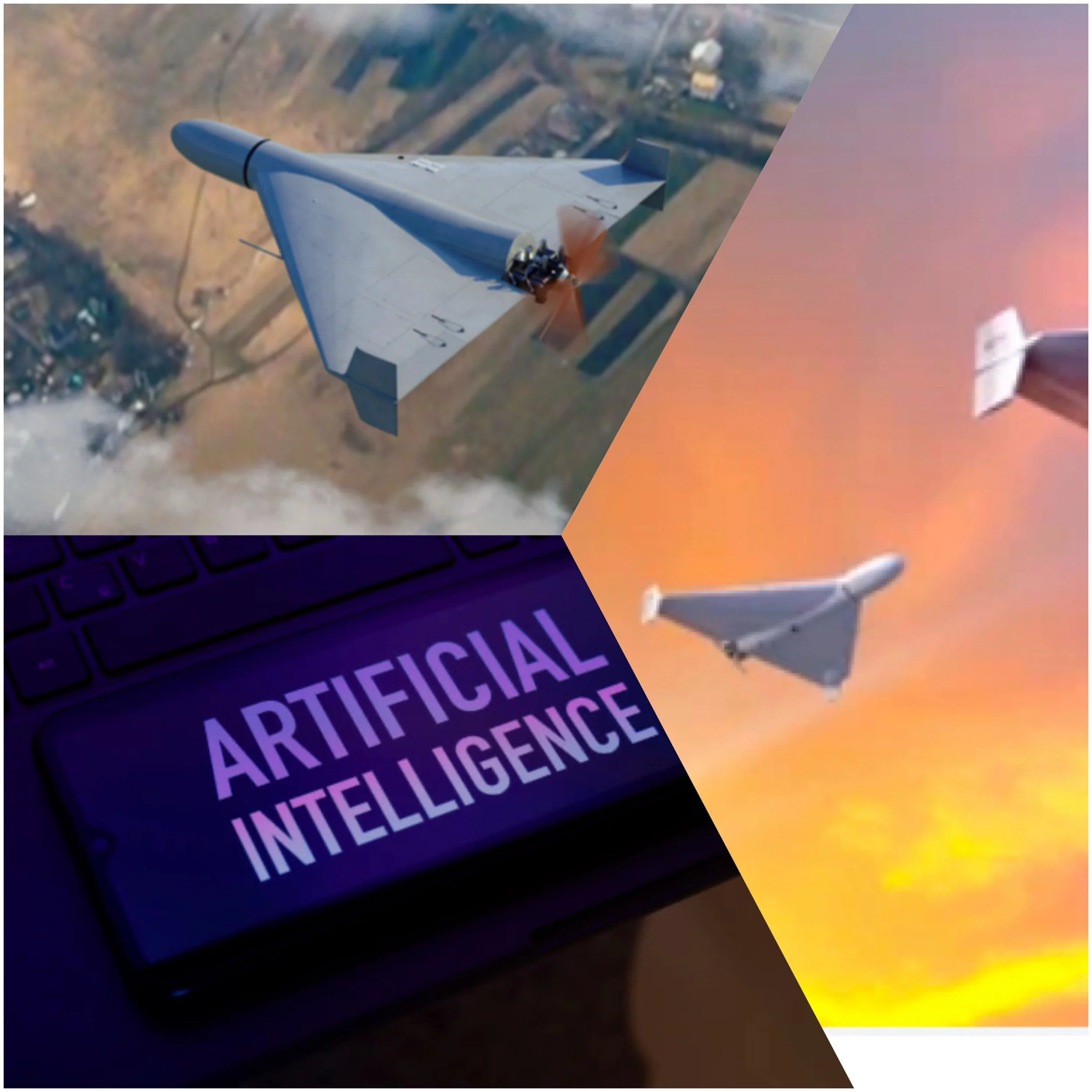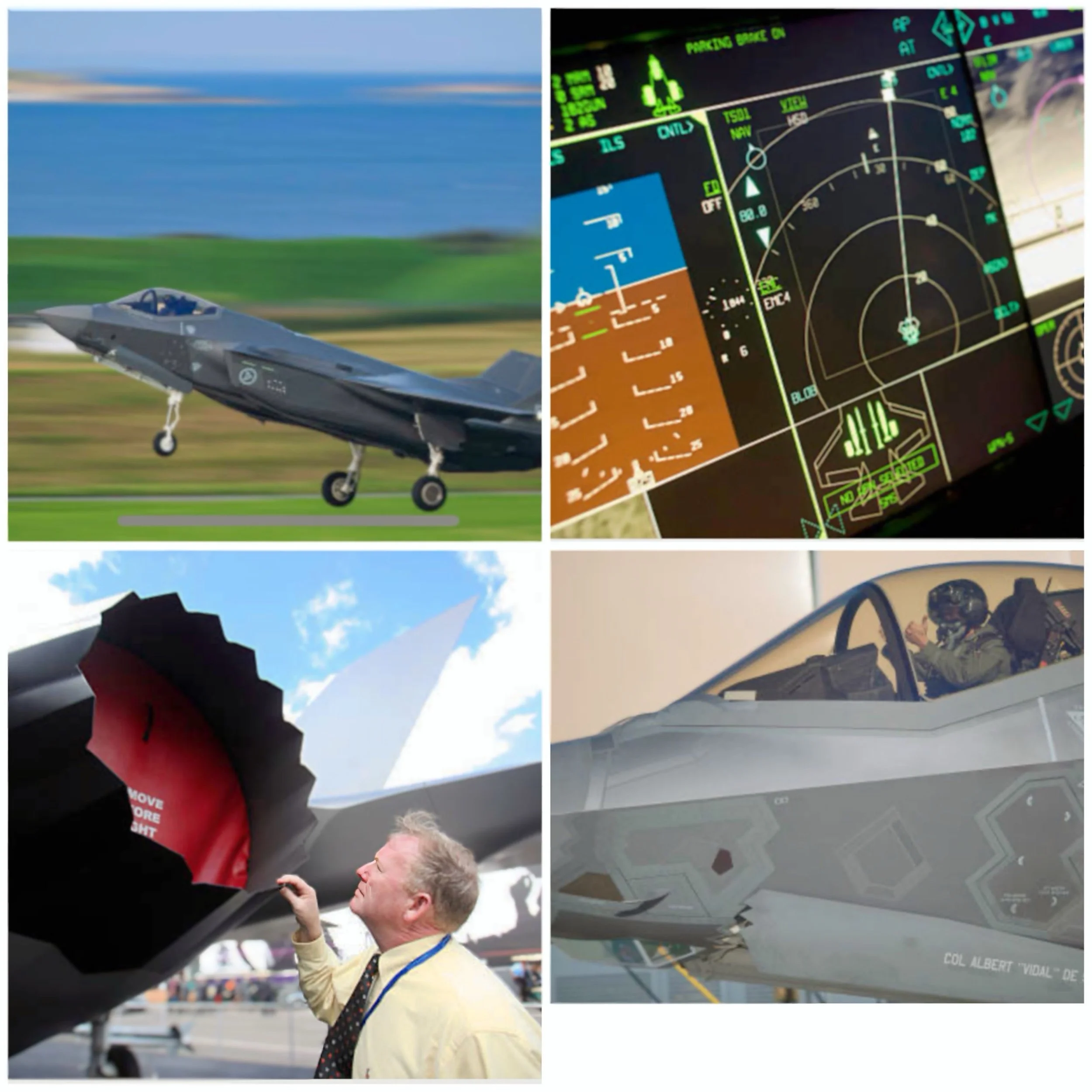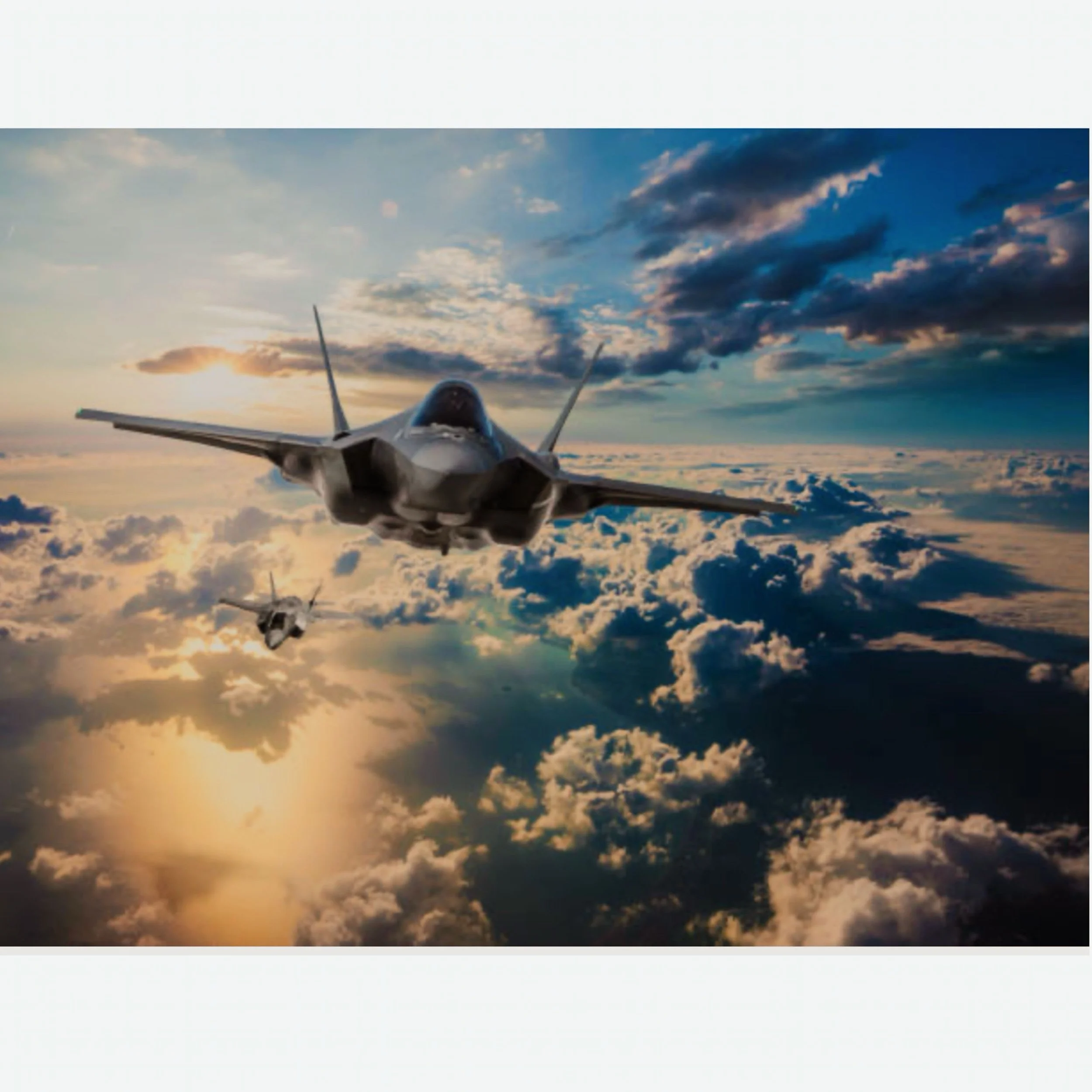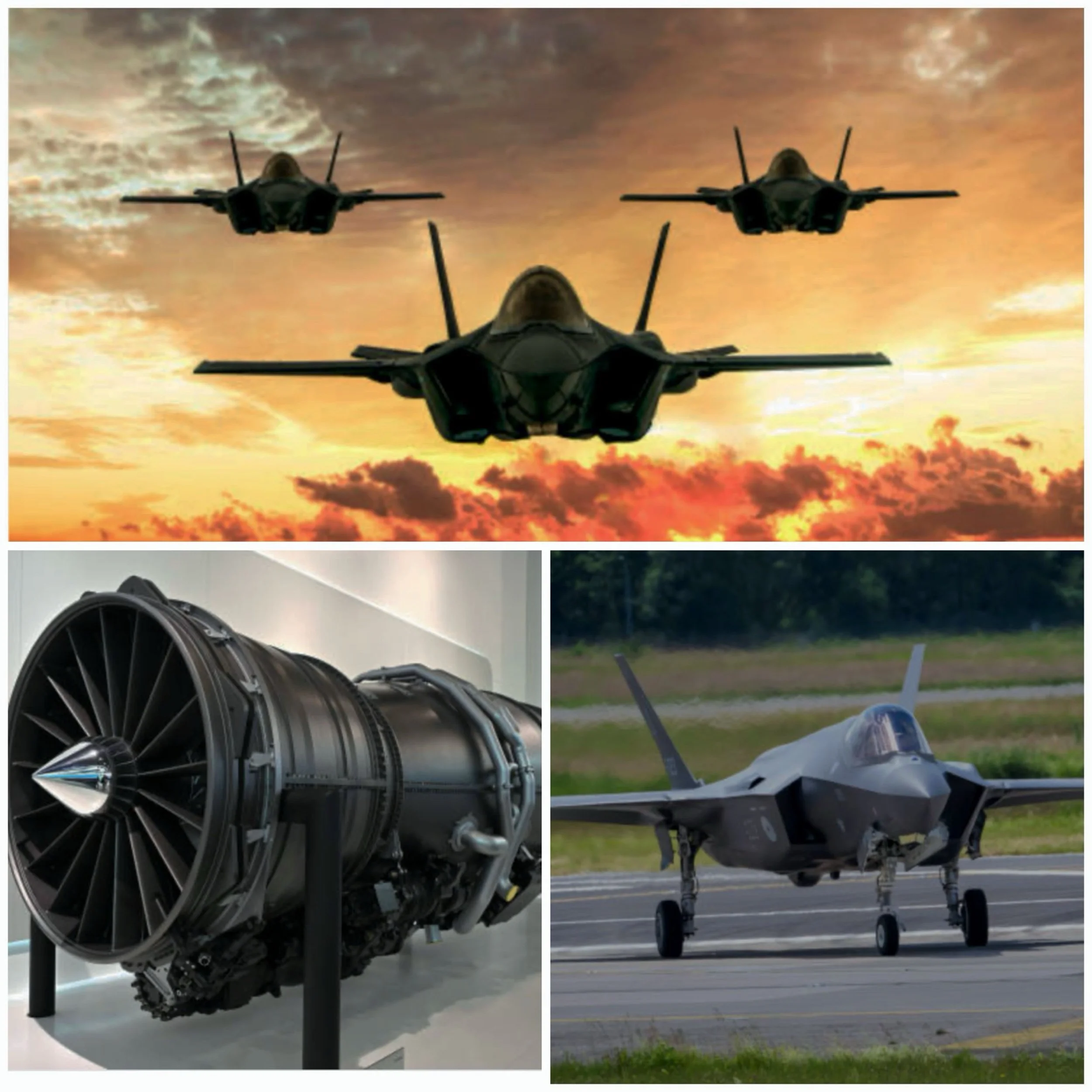Is Russia’s Su-57 Felon is better than the F-35?
Introduction
Both aircraft have their strengths and weaknesses, and a comparison reveals a complex picture.
The Russian SU 75 Checkmate Stealth is more superior than F 35. However Russia recently begun the initial stages of manufacturing prototypes, with the first deliveries expected to start between 2026 and 2027; the production timeline could be impacted by international sanctions due to the Ukraine conflict.
Development Status
The Su-75 is currently in advanced stages of development:
First unveiled at the MAKS-2021 Air Show
Initial flight test projected for 2025
Production expected to begin in 2026
Planned introduction: 2027
Performance
Speed
The Su-57 is significantly faster, with a maximum speed of Mach 2 compared to the F-35’s Mach 1.6.
Range
The Su-57 has a longer range of up to 3,500 km at subsonic speeds, while the F-35’s range is around 1,380 miles (2,220 km).
Maneuverability
The Su-57 is designed for super maneuverability and can perform advanced maneuvers like the Pugachev’s Cobra.
Stealth and Technology
Stealth: While both aircraft incorporate stealth technology, the F-35 is believed to have superior stealth capabilities.
Sensor Fusion
The F-35 is known for its advanced sensor fusion and situational awareness capabilities.
Avionics
The F-35 features cutting-edge avionics and a sophisticated helmet-mounted display system.
Armament
Both aircraft have internal weapons bays and can carry a variety of air-to-air and air-to-surface missiles.
The Su-57 can carry a larger payload of up to 10,000 kg compared to the F-35’s 8,160 kg.
Operational Experience
The F-35 has more operational experience and has been produced in larger numbers.
The Su-57 is still in early stages of production and deployment.
Conclusion
While the Su-57 Felon demonstrates superior speed and potentially better maneuverability, the F-35 appears to have an edge in stealth technology, sensor integration, and operational experience.
The true measure of superiority would depend on various factors including specific mission requirements, pilot training, and real-world combat performance, which are yet to be fully demonstrated for both aircraft in direct comparison.

